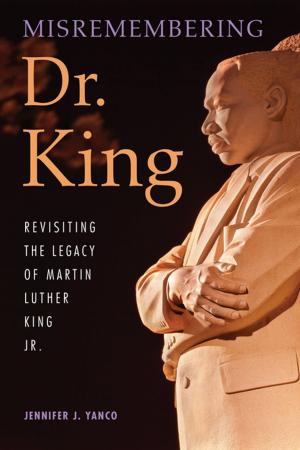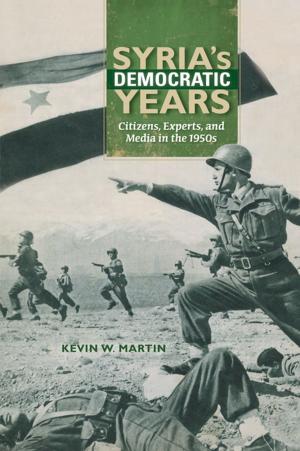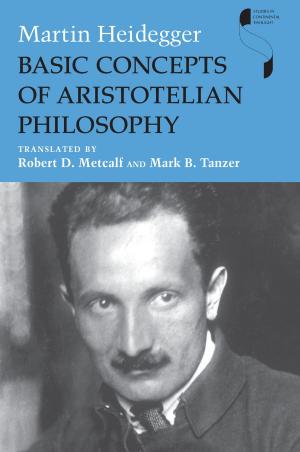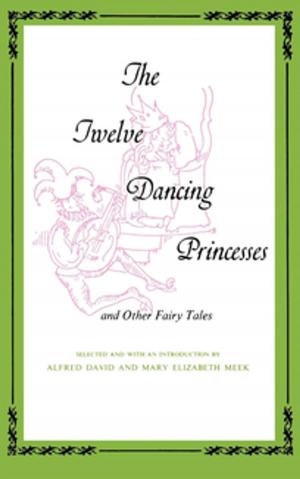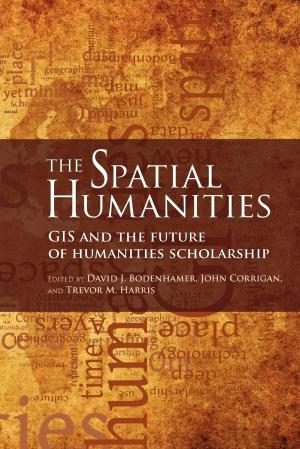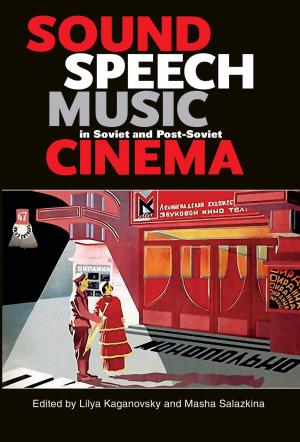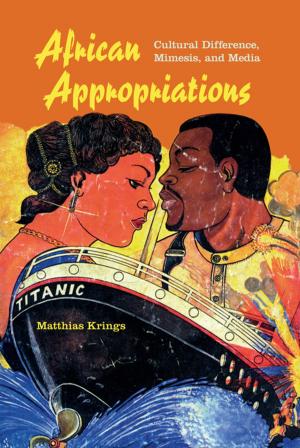Expressive Intersections in Brahms
Essays in Analysis and Meaning
Nonfiction, Entertainment, Music, Theory & Criticism, Theory, History & Criticism| Author: | Heather Platt, Peter H. Smith | ISBN: | 9780253005250 |
| Publisher: | Indiana University Press | Publication: | July 18, 2012 |
| Imprint: | Indiana University Press | Language: | English |
| Author: | Heather Platt, Peter H. Smith |
| ISBN: | 9780253005250 |
| Publisher: | Indiana University Press |
| Publication: | July 18, 2012 |
| Imprint: | Indiana University Press |
| Language: | English |
“This exceptionally fine collection brings together many of the best analysts of Brahms, and nineteenth-century music generally, in the English-speaking world today.” —Nineteenth-Century Music Review
Contributors to this exciting volume examine the intersection of structure and meaning in Brahms’s music, utilizing a wide range of approaches, from the theories of Schenker to the most recent analytical techniques. They combine various viewpoints with the semiotic-based approaches of Robert Hatten, and address many of the most important genres in which Brahms composed. The essays reveal the expressive power of a work through the comparison of specific passages in one piece to similar works and through other artistic realms such as literature and painting. The result of this intertextual re-framing is a new awareness of the meaningfulness of even Brahms’s most “absolute” works.
“Through its unique combination of historical narrative, expressive content, and technical analytical approaches, the essays in Expressive Intersections in Brahms will have a profound impact on the current scholarly discourse surrounding Brahms analysis.” —Notes
“This exceptionally fine collection brings together many of the best analysts of Brahms, and nineteenth-century music generally, in the English-speaking world today.” —Nineteenth-Century Music Review
Contributors to this exciting volume examine the intersection of structure and meaning in Brahms’s music, utilizing a wide range of approaches, from the theories of Schenker to the most recent analytical techniques. They combine various viewpoints with the semiotic-based approaches of Robert Hatten, and address many of the most important genres in which Brahms composed. The essays reveal the expressive power of a work through the comparison of specific passages in one piece to similar works and through other artistic realms such as literature and painting. The result of this intertextual re-framing is a new awareness of the meaningfulness of even Brahms’s most “absolute” works.
“Through its unique combination of historical narrative, expressive content, and technical analytical approaches, the essays in Expressive Intersections in Brahms will have a profound impact on the current scholarly discourse surrounding Brahms analysis.” —Notes



